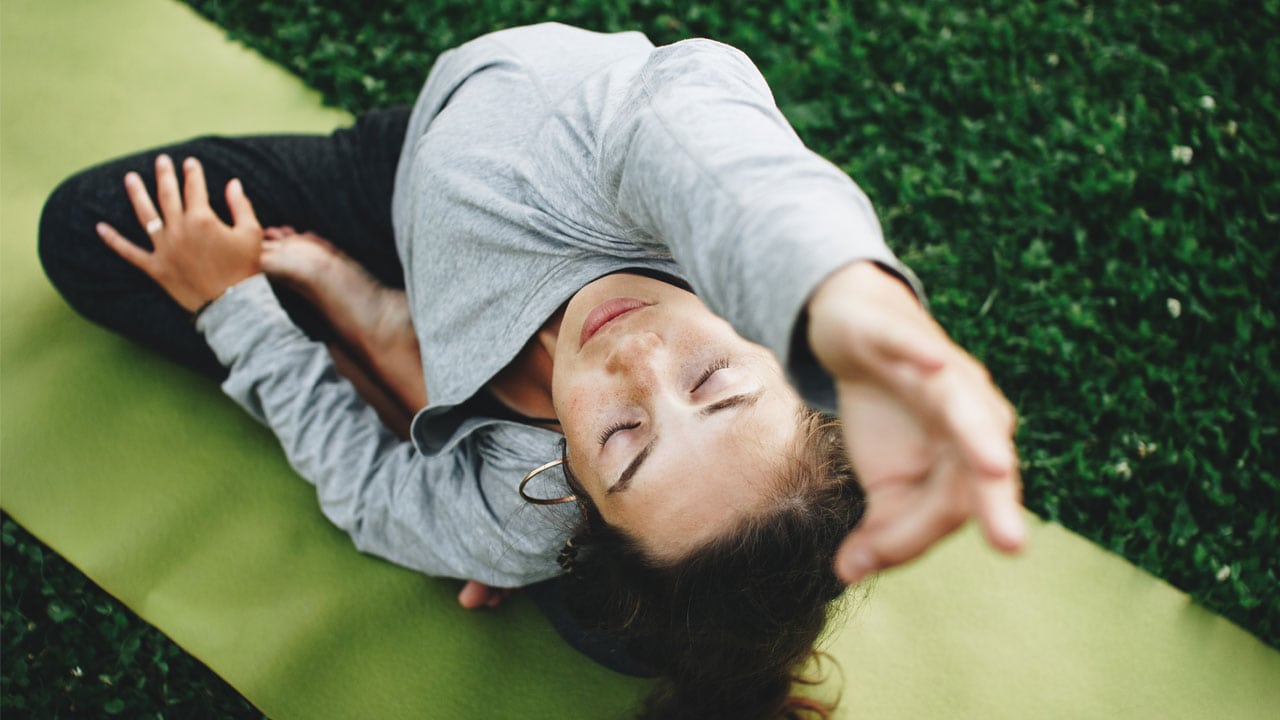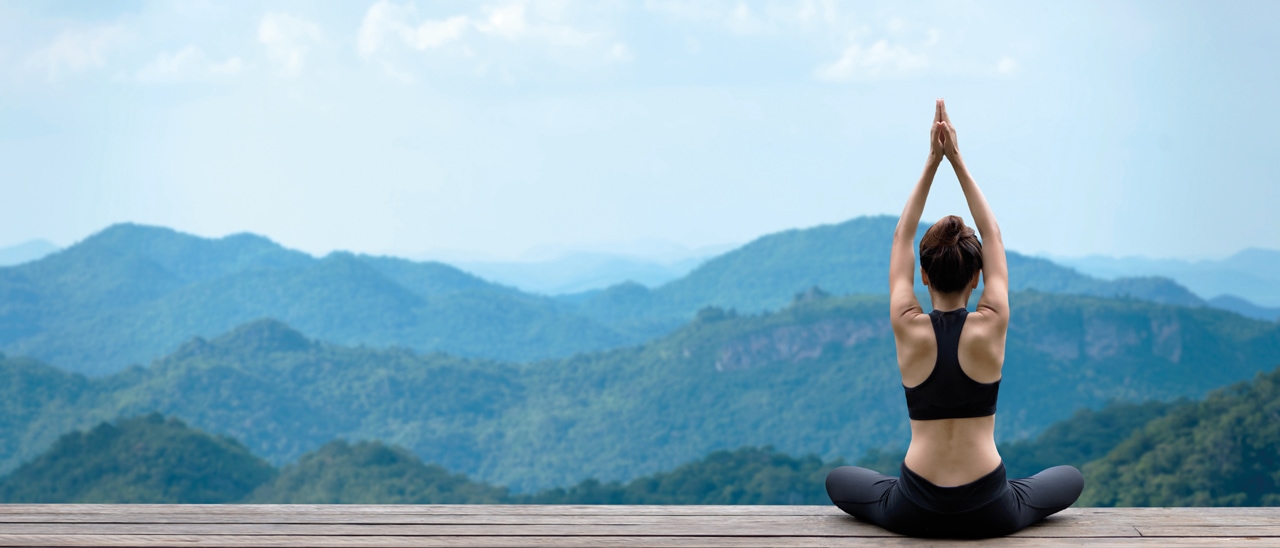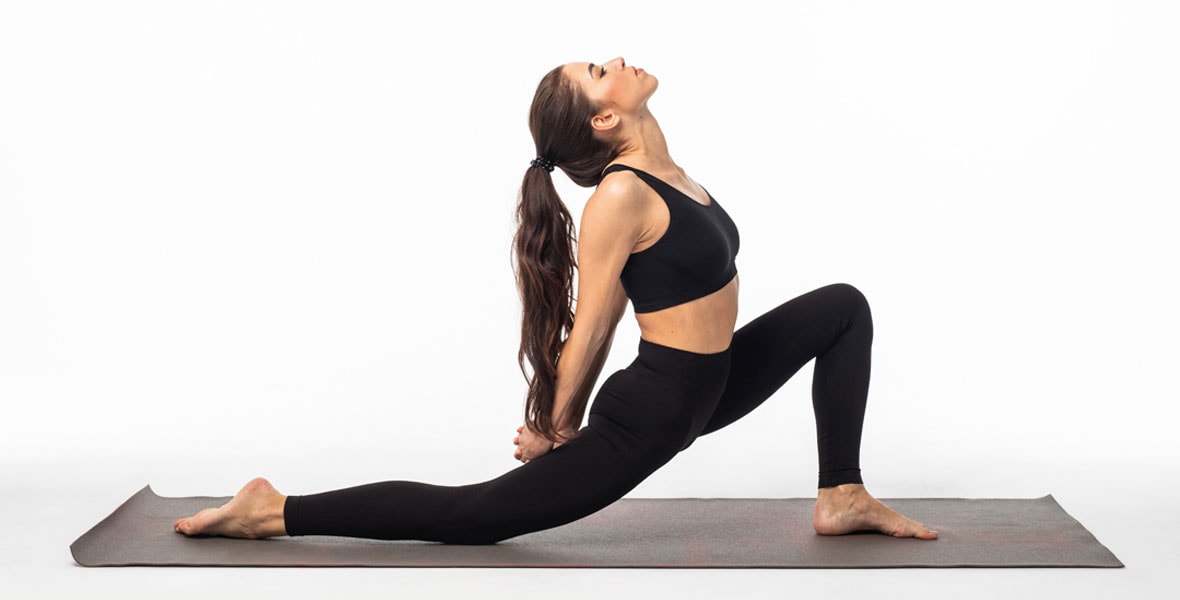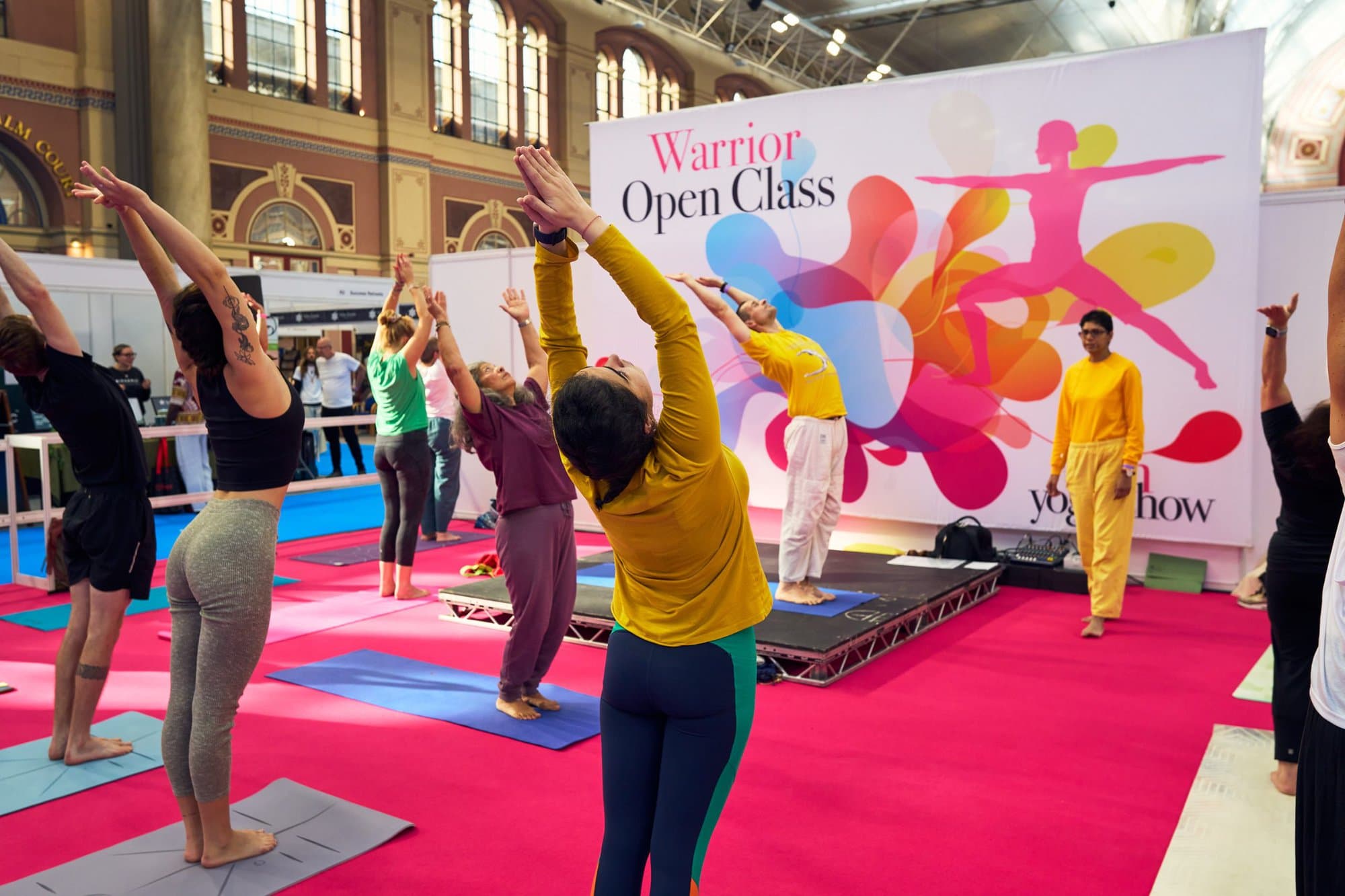
5 ways to manage stress with yoga
Yoga and how it can help in the battle against stress. By Gillian Osborne
When we talk about combatting stress with yoga it’s useful to have an idea of what we mean by stress. These days mental health is a high priority agenda item for many organisations and health providers, and stress is a word in everyday use.
Most people would undoubtedly share common views and experiences of what stress means and feels like personally, and anxiety, depression and insomnia are very common symptoms that are widely understood to be stress-related.
However, it is important to appreciate that there are also a whole range of physical symptoms that can arise from stress. In order to best manage stress through yoga, an understanding that both physiological and psychological indicators can be entirely attributed to stress, and to address those by a holistic practice rather than a targeted approach, is the necessary starting point.
Here are five important ways you can help to manage stress with yoga.
1. Make space
The first and most important thing you can do for yourself is to stop. Then carve out some sacred time in what might well be a hectic life. Many who experience stress feel overwhelmed by responsibility and so to make some ‘me’ space is a powerfully positive message to send yourself.
Taking that first step to engage with yoga, join a class, seek out a private tutor and make a commitment to practice can be a significant and key step forward to improved mental health.
2. Value movement
Stress can produce all sorts of different physical symptoms ranging from chest pains to migraines.
We ought not to be blasé about our health and a thorough health check is crucially important to rule out underlying physical issues. However, when physical symptoms are stress related then movement is beneficial.
Yoga is most effective working from gross to subtle because it’s very difficult to experience tranquility in the mind if the body is knotted up and tense. A physical practice appropriate for your ability will help to open up the body and allow you to flourish. This will facilitate a much freer flow of prana, which in turn will help to stabilise physiological systems and ease physical symptoms, bringing heart rate and breathing into a more manageable rhythm.
3. Choose variety
Choose a class that incorporates a combination of physical movement, pranayama (breathing practices) and relaxation, either with or without meditative techniques.
Once the body begins to unwind with yoga postures, the breath will begin to stabilise and the gentle discipline of pranayama under the guidance of an experienced teacher can bring a clarity, insight and peace, that will have a lasting beneficial impact. It is from this quieter place that you can begin to access genuine relaxation in a way that is virtually impossible without the preparation of the physical unwinding and the balancing of the breath.
Yoga relaxations can be guided or silent and some teachers will also lead simple meditations and may give you easy breathing and meditation techniques to practice at home.
Relaxations and meditations can be profoundly healing on many levels but the preparatory combination of postures and breathwork is the key that will open the door to inner peace.

4. Embrace the philosophy
Yoga is so much more than a physical movement modality and within the eight limbed approach of the Pantanjali yoga sutras we find the yamas and niyamas (the 10 ethical principles). The wisdom contained within these tenets can help to guide us in right action and appropriate conduct, both in relation to ourselves and in relation to others. When we are under stress, they can provide an invaluable course correction at a time when our thinking may lack clarity and judgement. A few minutes a day reflecting on these principles can change our state of mind or alter our perception and make a world of difference to our lived experience.
5. Retreat
One of the most beneficial ways of giving yourself a refreshing boost is to thoroughly immerse yourself without distraction. Yoga retreats can provide a wonderful opportunity to really focus on what is important to you, and to consider your life in an environment removed from the usual everyday pressures. Retreats can vary in length from one day, to a week or more and can be around a specific theme or simply be a variety of different types of yoga approaches. The one thing that all have in common is that the focus will be on your experience, application and interpretation of the yoga. You will be invited to simply go into your practice and leave everything else behind. Extended retreats may be too much for some and if you are new to yoga or have time or financial constraints, then a one-day experience is an ideal way to begin. It could provide you with some much-needed breathing space as well as the opportunity to see if retreats are for you. Whatever difficulties you are struggling with, a retreat of any duration can provide you with a welcome space to find yourself, to reevaluate and to gain strength and resilience.
Yoga is so much more than a practice; it can be a way of life, and the fruit that is born from consistent and committed endeavour can nurture your physical and mental health in a way that is both joyful and sustainable. Stepping onto the mat will open up your inner world, not just your body.
Gillian Osborne is chair of the British Wheel of Yoga (bwy.org.uk)






